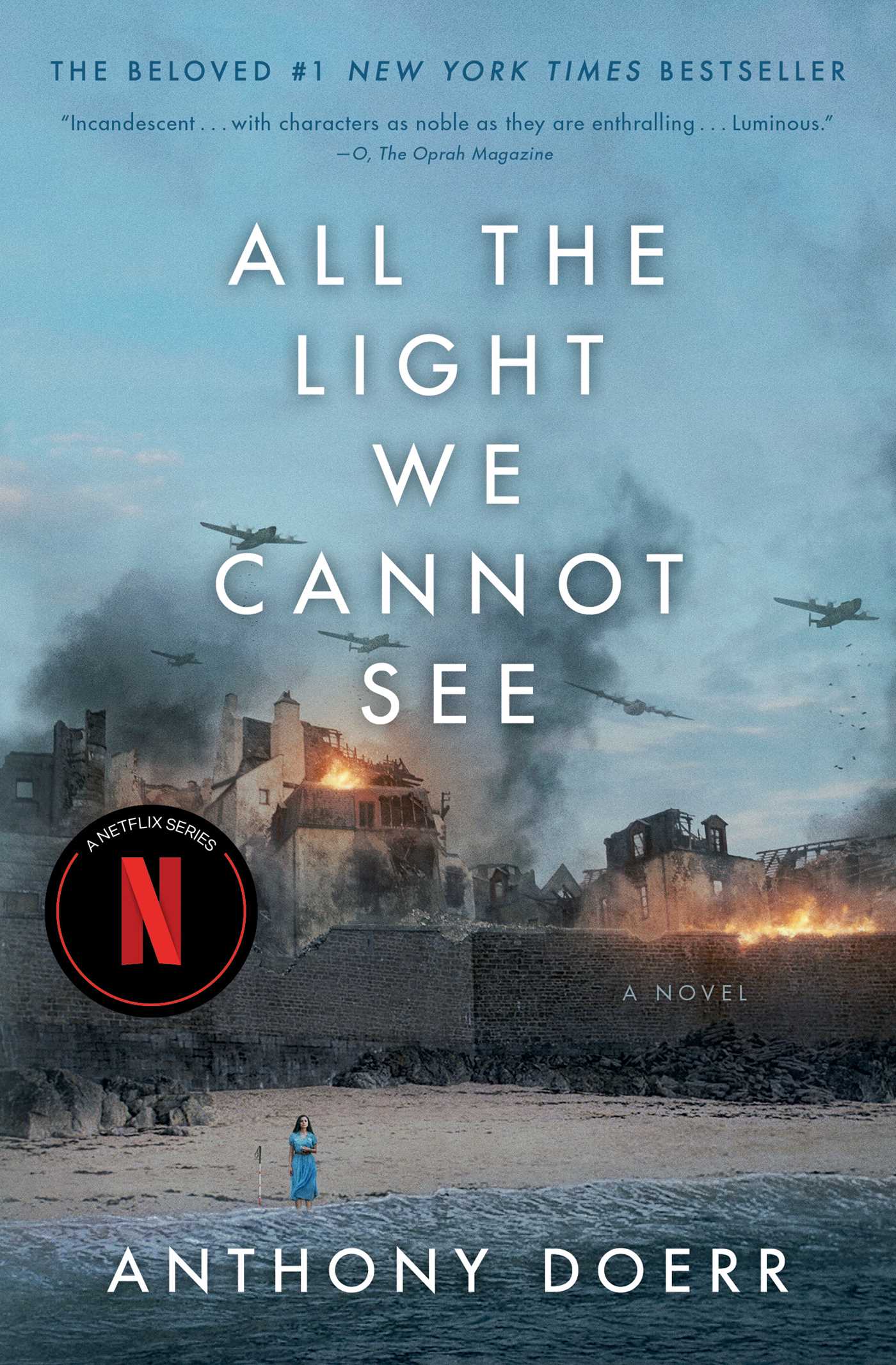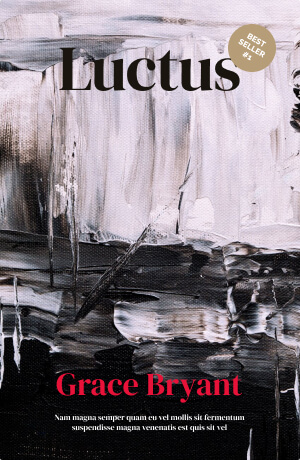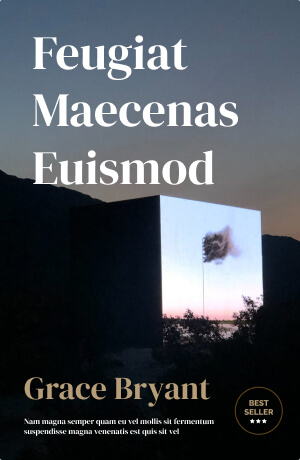MY REVIEW OF A NEW CLASSIC
All the light we cannot see
Doerr’s talent lies in drawing us into this harsh world, keeping us captivated despite the danger, and rewarding us with glimmers of hope amidst the despair.
So, are you ready to take this journey? You might feel scared or heartbroken, but trust me, it’s worth it.

Introduction
“Anthony Doerr again takes language beyond mortal limits.” – Elissa Schappell, Vanity Fair
All the Light We Cannot See (2014) by Anthony Doerr has a slightly provocative title, nudging us to reflect on life’s deeper layers. It’s a reminder that we probably all miss out on some of life’s essential details, overwhelmed by the hustle of daily life and endless responsibilities. Yet, the story of blind Marie-Laure offers a striking contrast. She doesn’t get lost in the grind of everyday life. Instead, she dares to hope, to fight, to live with passion and purpose.
This best-selling, award-winning novel was adapted into a Netflix mini-series in 2023. Reactions to the series? Mixed, as you’d expect. Fans of the book, with their own personal visions of its characters and settings, might not feel the adaptation lives up to their imagination. Honestly, I think reading the book first gives you a much richer experience, even if it risks dampening your enjoyment of the show.
What is this book about?
Set during World War II, the story follows Marie-Laure and Werner Pfenning.
When we first meet Marie-Laure, she’s a six-year-old girl living in Paris with her father, a locksmith and keeper of keys at the National Museum of Natural History. This museum houses the Sea of Flames, a blue-gray diamond with a red center—immensely valuable but cursed. The diamond becomes the obsession of several characters throughout the book.
Marie-Laure’s father (whom she affectionately calls “Papa”) builds her a model of the city to help her navigate its streets and gain independence. Clever and curious, she learns her way around and masters Braille. Though blind, her inner light shines constantly, fueled by her love of learning, courage, and warm heart.
Werner Pfenning, meanwhile, is a German boy raised in an orphanage with his sister. He’s a genius with electronics, a skill that draws the Nazis’ attention. They recruit him into a harsh, elite school—think spartan boot camp—for preparing young minds for the Third Reich. This part of the story offers a chilling insight into how ordinary people became complicit in Nazi atrocities.
As the years pass, Marie-Laure and her father flee Paris with the Sea of Flames when the Nazis occupy the city, settling in Saint-Malo. Werner, on the other hand, is sent to track illegal radio broadcasts across Europe. Eventually, he’s stationed in Saint-Malo, where Marie-Laure’s uncle is secretly transmitting messages for the Resistance.
What unfolds is a beautifully complex plot with captivating characters and breathtaking settings.
While many writers have tackled war as a theme, Doerr dives into the chaos to shine a light on the resilience of his characters. He avoids oversimplified good vs. evil narratives, instead exploring the intricate shades of humanity. His nuanced approach steers clear of black-and-white morality, showing us the grey areas where people struggle to survive, resist, and hope.
“Radio: it ties a million ears to a single mouth.”
The radio plays a central role, connecting people, offering hope, and keeping them united. It’s fascinating how Doerr portrays this attachment to technology. In today’s world, we often take tech for granted, overusing it without appreciating its potential. In the novel, however, the radio becomes a survival tool—a way for people to stay connected and fend off isolation. Of course, in the wrong hands, it becomes a weapon. For Werner, his love for technology stems from a deep longing for human connection, and the radio becomes his moral compass in a turbulent world.
The novel takes us through the lives of Marie-Laure and Werner from ages 6 and 8 to 16 and 18, respectively. I’ll admit, I was hoping for a sweeping, star-crossed love story—something to balance the injustice and horror of war. But Doerr doesn’t indulge us. He respects the intimacy of his characters’ journeys and keeps romance in the background. The war isn’t a time for love; it’s a time of rage, loss, and missed opportunities.
Maybe that’s the point. Maybe Doerr wants us to understand that survival isn’t the same as truly living. Life isn’t about letting time slip by but about giving each moment a real, cultivated emotion. War, with its chaotic destruction, doesn’t offer space for control or sweetness—it’s a realm of pathological compulsions where the only antidote is compassion for humanity.
“We rise again in the grass. In the flowers. In songs.”
My personal conclusion
Some dreams come true, others don’t, but hope remains the guiding light in the darkness of war. Doerr’s message is clear: even in the face of devastation, there are still people who care—about others, about the earth, about tomorrow.
War is like a vacuum that sucks away everything good. Yet, if you look closely enough, you might see the ashes take the shape of small phoenixes, ready to rise again. Doerr’s talent lies in drawing us into this harsh world, keeping us captivated despite the danger, and rewarding us with glimmers of hope amidst the despair.
So, are you ready to take this journey? You might feel scared or heartbroken, but trust me, it’s worth it.


